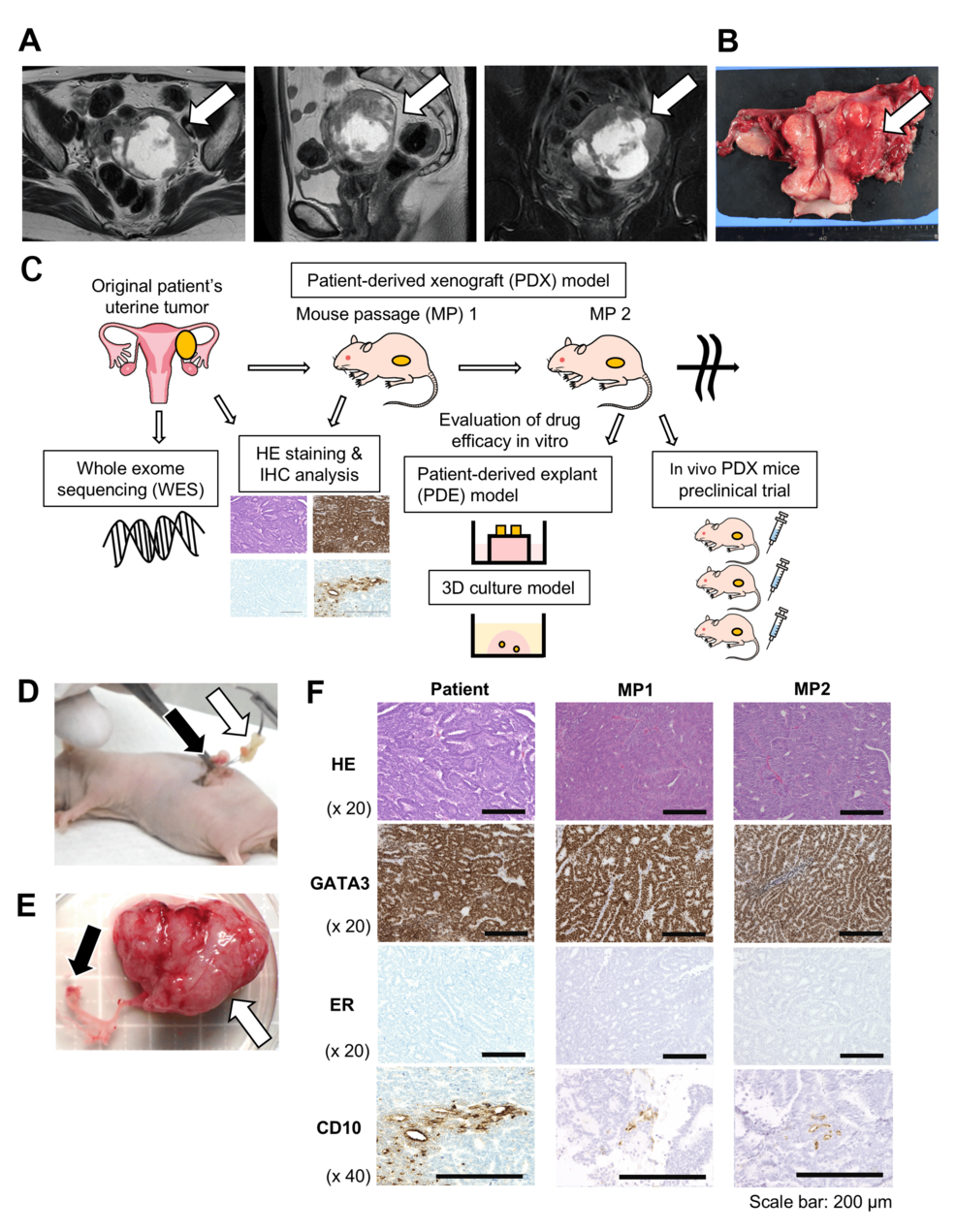- Norrie eager for Alcaraz test: ‘I’m going to take it to him’ ATP Tour
- Carlos Alcaraz vs Cameron Norrie Prediction: Can Norrie’s Grit Challenge Alcaraz’s Indoor Firepower? Telecom Asia Sport
- Paris Masters Round-Up: Andrey Rublev snaps losing…
Blog
-
Norrie eager for Alcaraz test: 'I'm going to take it to him' – ATP Tour
-

LIFE-BTK: 3-Year Data Keep Dissolving Scaffold’s Durability Hopes Alive in CLTI
The everolimus scaffold, which had mostly disappeared by 3 years, was still associated with fewer reinterventions than PTA.
A drug-eluting resorbable scaffold continues to keep many patients with below-the-knee (BTK) chronic limb-threatening ischemia (CLTI) free from repeat procedures, even after most of the device’s structure has completely dissolved, 3-year data from the LIFE-BTK trial show.
The combined primary efficacy endpoint—freedom from above-ankle amputation in the index limb, occlusion of the target vessel, binary restenosis of the target lesion, and clinically driven target lesion revascularization—was 59.5% in those treated with the everolimus-eluting Esprit BTK (Abbott) and 44.8% in percutaneous transluminal angioplasty (PTA) patients (P = 0.025).
According to LIFE-BTK principal investigator Sahil Parikh, MD (NewYork-Presbyterian/Columbia University Irving Medical Center, New York, NY), who presented the findings in a late-breaking clinical science session at TCT 2025, the 3-year observations indicate that the scaffold is mostly dissolved, with visible remnants remaining in some patients.
“There is little evidence that it was there,” he told TCTMD. “There was a little bit of concern over what happens when the structure collapses with time and the answer is nothing. . . . It should behave like a normal artery, including with respect to reintervention.”
The scaffold consists of a bioresorbable poly-L lactide backbone with thin struts equivalent to contemporary coronary DES and a coating of everolimus. It was approved by the US Food and Drug Administration in 2024 and received CE Mark in 2025 on the basis of the 1-year results from LIFE-BTK, and it remains the only completely dissolvable therapy for peripheral interventions. The 2-year data showed that the percentage of patients who had more than one clinically driven TLR was nearly doubled in the PTA arm compared with the scaffold (4.7% vs 2.4%)
No safety issues have been seen throughout the 3 years in patients who received the scaffold versus those treated with PTA, with no evidence that the dissolving scaffold elicits any sort of inflammatory process or scaffold thrombosis, Parikh added.
The 3-year mark signifies the end of the protocol-mandated imaging follow-up for patients in LIFE-BTK, but clinical follow-up will continue for the surviving patients at years 4 and 5.
Following the presentation, discussant Eric Secemsky, MD (Beth Israel Deaconess Medical Center, Boston, MA), said LIFE-BTK is “revolutionary” for below-the-knee interventions for several reasons.
Having data suggesting a greater than 50% chance that patients will be alive with a patent vessel and without needing an amputation at 3 years, “completely changes how we train our fellows and how we take care of this disease pathology,” he said.
Beyond favorable angiographic and duplex ultrasound endpoints, Secemsky said LIFE-BTK provides tangible hope for patients that the scaffold can help them avoid repeat peripheral procedures, something that is especially important for younger, working patients who need to stay out of the hospital and in their jobs.
Results at 3-Year Follow-up
LIFE-BTK trial enrolled 261 patients (mean age 72.6 years; 32% female) with Rutherford class 4 or 5 CLTI and infrapopliteal artery stenosis or occlusion who were randomly assigned to receive the everolimus-eluting resorbable scaffold or PTA. The protocol mandated that all lesions be located in separate arteries in the proximal two-thirds of the infrapopliteal space and have runoff to the ankle free of clinically significant disease. Participants in both arms had high rates of smoking, hypertension, hyperlipidemia, and prior PAD.
The mean treated lesion length was 43.7 mm in the scaffold group and 44.7 mm in the angioplasty group, with a total scaffold length per patient of 170 mm or less in a single lesion or split among two target lesions. Most patients had mild/no calcification, with more than one-quarter in both arms having moderate calcification, while 3% in the scaffold group and 2% in the PTA group had severe calcification.
At 3 years, binary restenosis of the target lesion had occurred in 49% of the PTA group versus 38% of the scaffold group (Log-rank P = 0.018).
Clinically driven TLR occurred in 18.4% of the PTA group versus 10.2% of the scaffold group (log-rank P = 0.052), while major adverse limb events occurred in 94.2% of PTA patients and 90.8% of scaffold patients (Log-rank P = 0.23).
In his presentation, Parikh presented evidence from duplex ultrasound showing that patients who receive the scaffold experience some degree of restoration of natural arterial compliance over time. To TCTMD, he said the investigators hope to learn more about pathophysiologic changes and real-world outcomes in a postapproval study at 50 US sites that has almost completed enrollment.
At 3 years we have evidence of a biological effect that’s durable. Sahil Parikh
“At 3 years we have evidence of a biological effect that’s durable,” Parikh added. He expects to see longer lesions in the real-world population, as well as greater degrees of calcification than were allowed in the trial, which will require more intense lesion preparation.
“That’s going to be important because we don’t really have a good sense of how lesion preparation factors into this yet,” he said. While the trial didn’t allow atherectomy or other aggressive lesion preparation technologies, operators are bound to want to pair some of those with the scaffold in some cases.
Thus far, the scaffold reflects the positive early experiences of a similar device, the Absorb bioresorbable vascular scaffold (Abbott), which was approved by the FDA in 2016 and gained CE Mark approval 5 year prior. Over time, though, the emergence of scaffold thrombosis in various trials and meta-analyses ended its run in the coronary space.
In a press conference prior to the presentation, Sanjum Sethi, MD (NewYork-Presbyterian/Columbia University Irving Medical Center, New York, NY), said the scaffold treatment represents an attractive option for patients with lesion subtypes similar to those enrolled in LIFE-BTK. He noted that between years 1 and 2, the scaffold group had sustained benefits for the composite of limb salvage and primary patency compared with the PTA group, but then “there was a little hint that at 3 years these patients may be accruing events from their disease as the device is resorbing.”
To TCTMD, Parikh said the investigators don’t consider the small amount of catch-up to be clinically concerning at this point, particularly in light of the imaging evidence of arterial improvements.
Continue Reading
-

Obesity’s health risks shift with age and sex, new genetic study reveals
A massive UK Biobank analysis reveals that the health risks of obesity shift over time, peaking at different ages for men and women, and that midlife preventive care may blunt its cardiovascular damage.
Study: Time-resolved…
Continue Reading
-
Just a moment…
Just a moment… This request seems a bit unusual, so we need to confirm that you’re human. Please press and hold the button until it turns completely green. Thank you for your cooperation!
Continue Reading
-

Pentagon Disputes ‘House Of Dynamite’ Missile Accuracy; Screenwriter Responds
The Department of Defense and Netflix are in a clash over how accurate nuclear disaster drama A House of Dynamite truly is.
Highlighting a specific major HoD plot point, an October 16 memo from officials at the Pentagon was produced with…
Continue Reading
-

Cross-Border LGBTQ+ Drama ‘Polaris’ Debuts at Tokyo Market
A new Japanese-Taiwanese co-production is seeking financing at the Tokyo Gap-Financing Market, bringing together voices from across borders to tell an intimate story set in Tokyo’s LGBTQ+ hub.
“Polaris,” directed by Seta Natsuki and…
Continue Reading
-

Hit Me Hard and Soft Tour
If you purchase an independently reviewed product or service through a link on our website, Rolling Stone may receive an affiliate commission.
Billie Eilish‘s Hit Me Hard and Soft tour is swinging back through the U.S. following dates in…
Continue Reading
-

DJ brands unite to launch OneLibrary
djay Pro now supports USB Export, and Traktor Play and Traktor Pro 4 will follow soon, enabling DJ performances on the CDJ-3000X, CDJ-3000, XDJ-AZ, and more
The DJ world is about to become more open. As part of its ongoing commitment to the…
Continue Reading
-

Microsoft’s next Xbox may run Windows: What it means for gamers
Microsoft’s next-generation Xbox console will reportedly run a full version of Windows, essentially transforming the gaming experience by allowing players to access games from Steam, Epic Games, Battle.net, and other PC storefronts—not just…
Continue Reading
